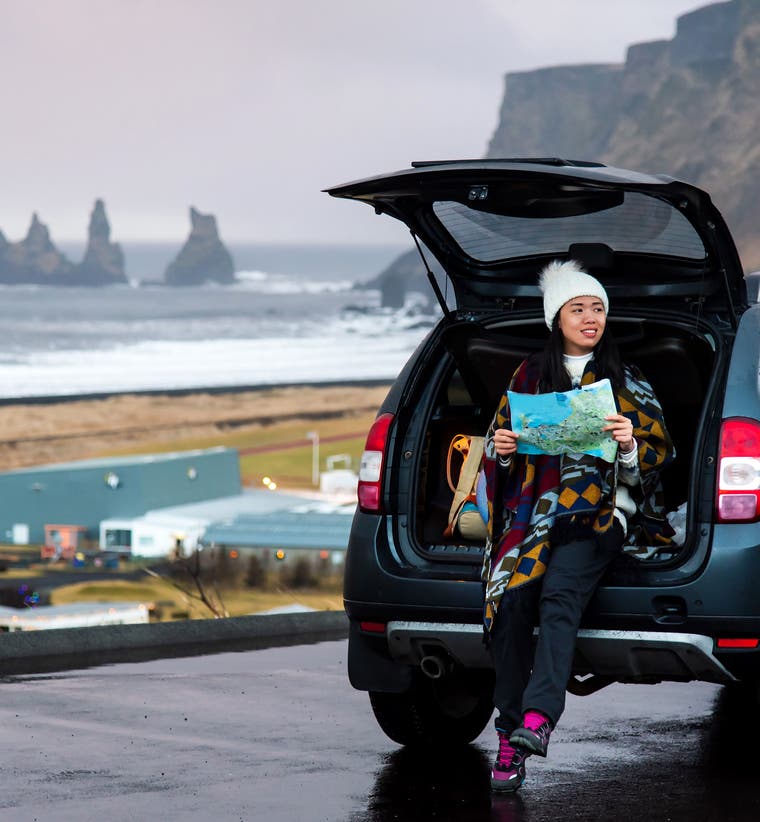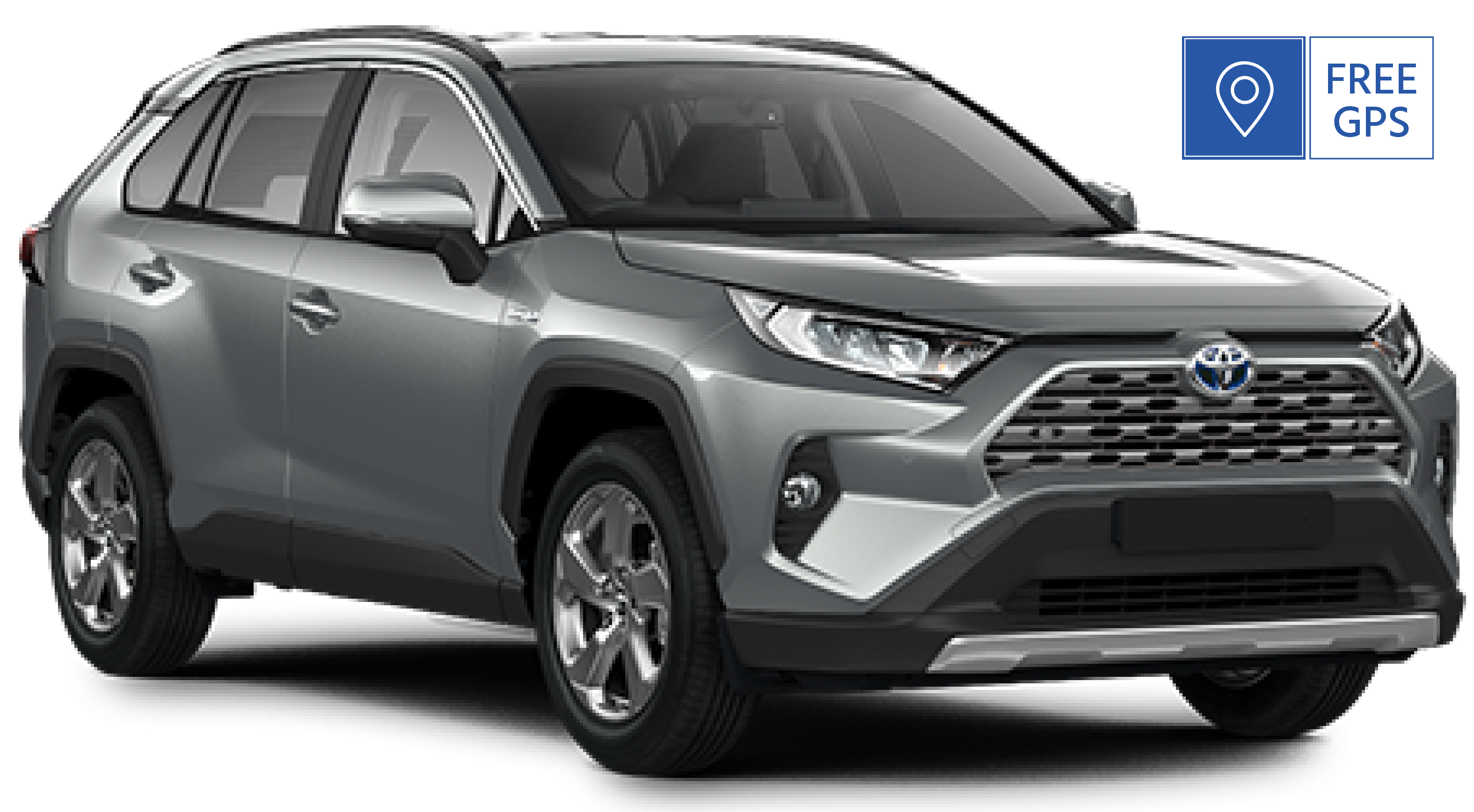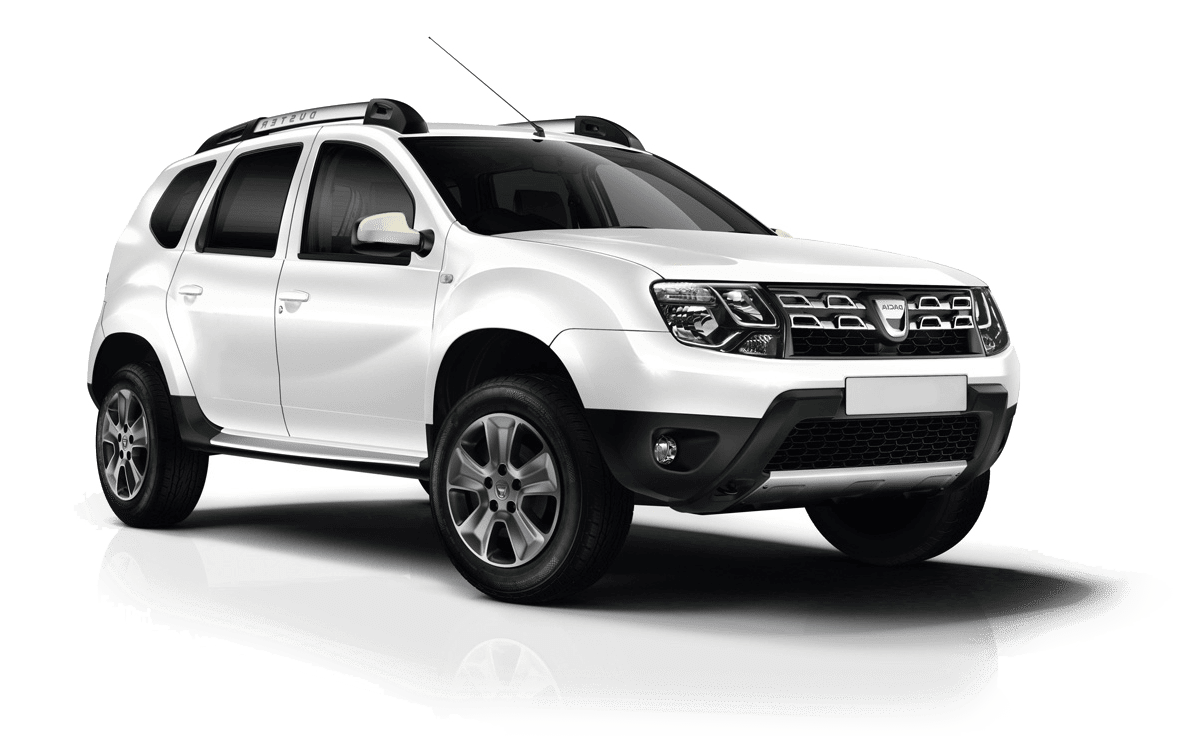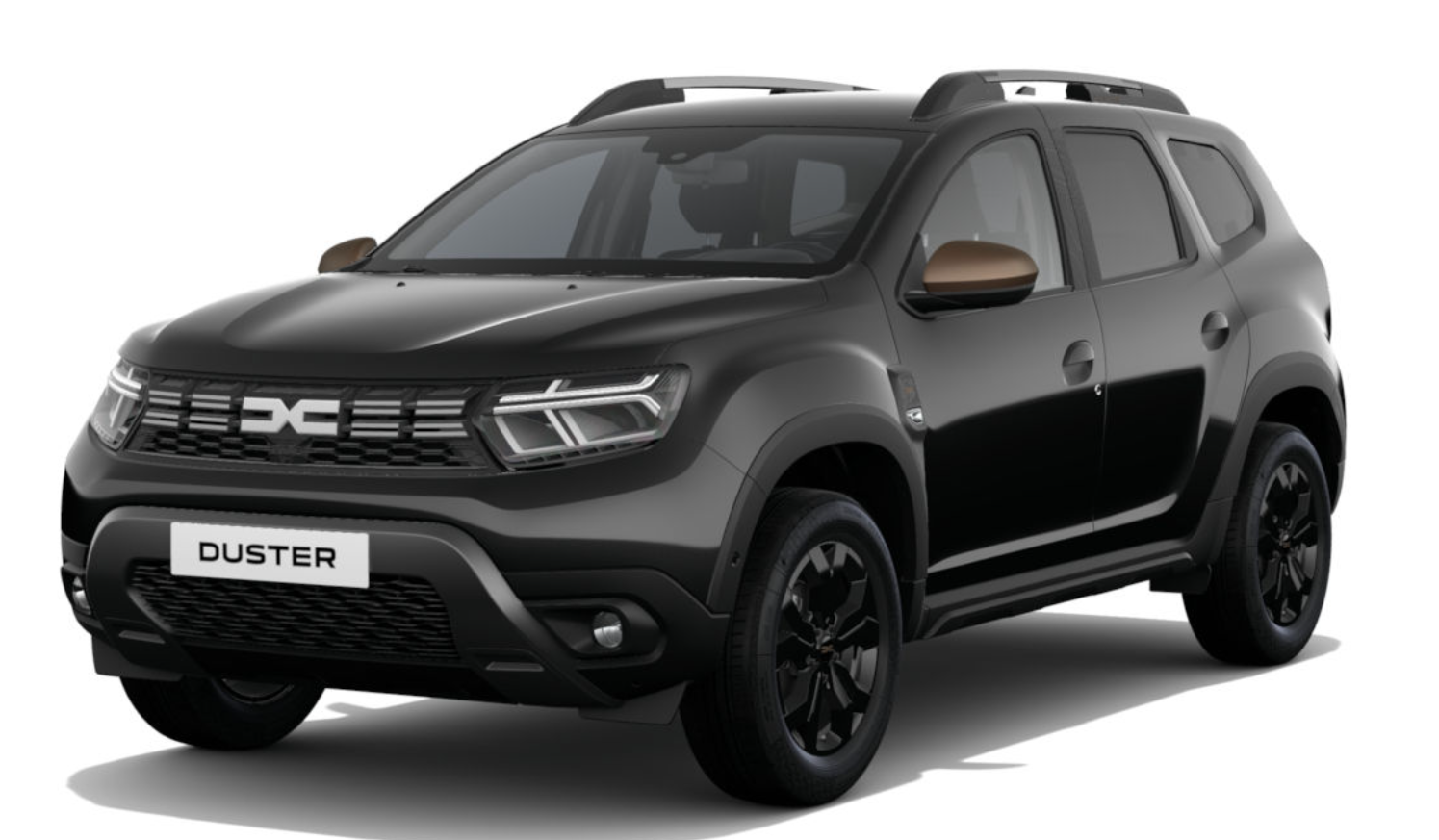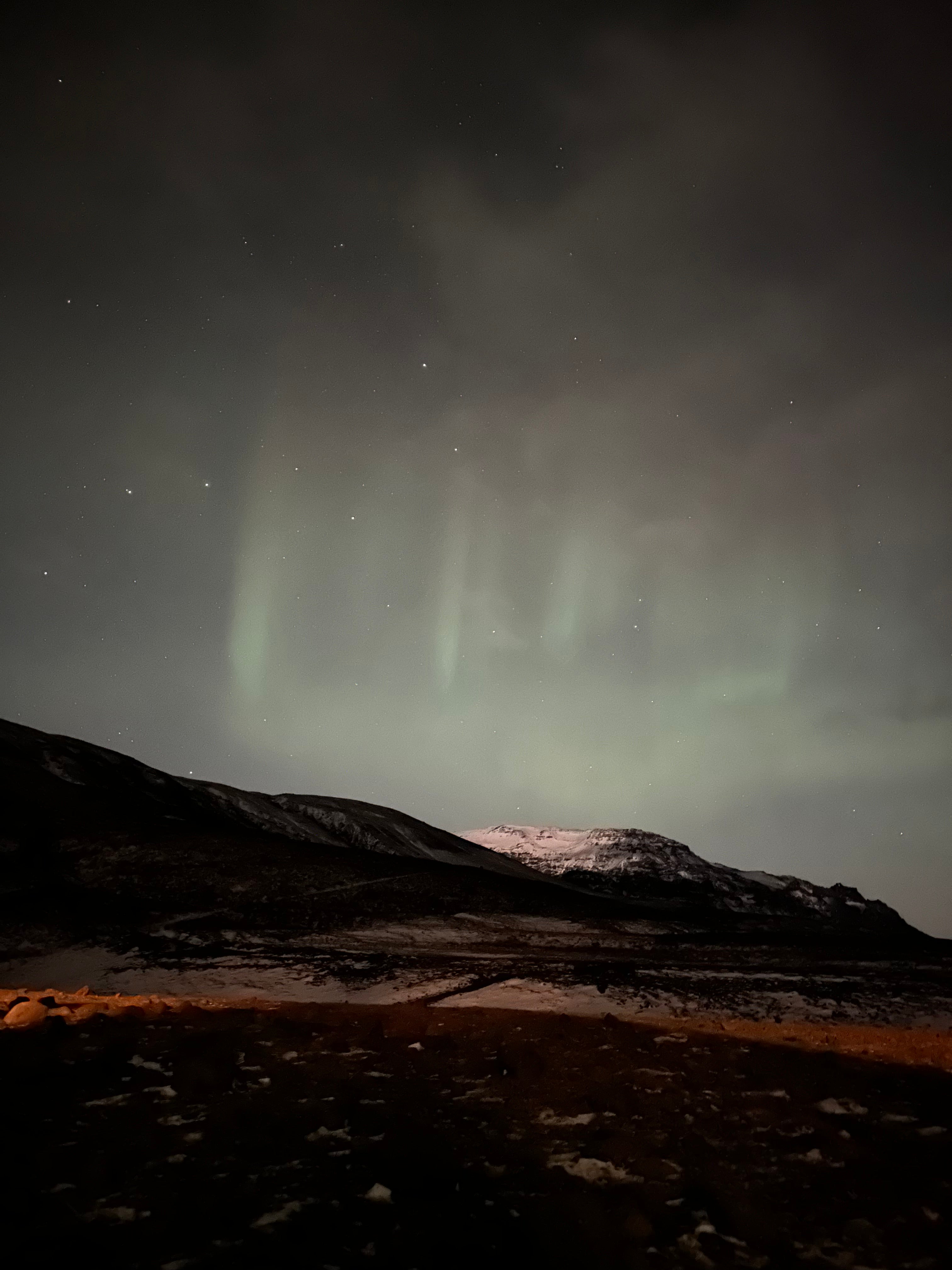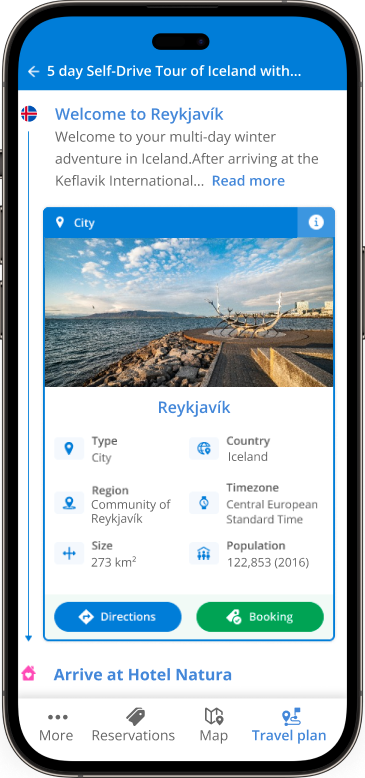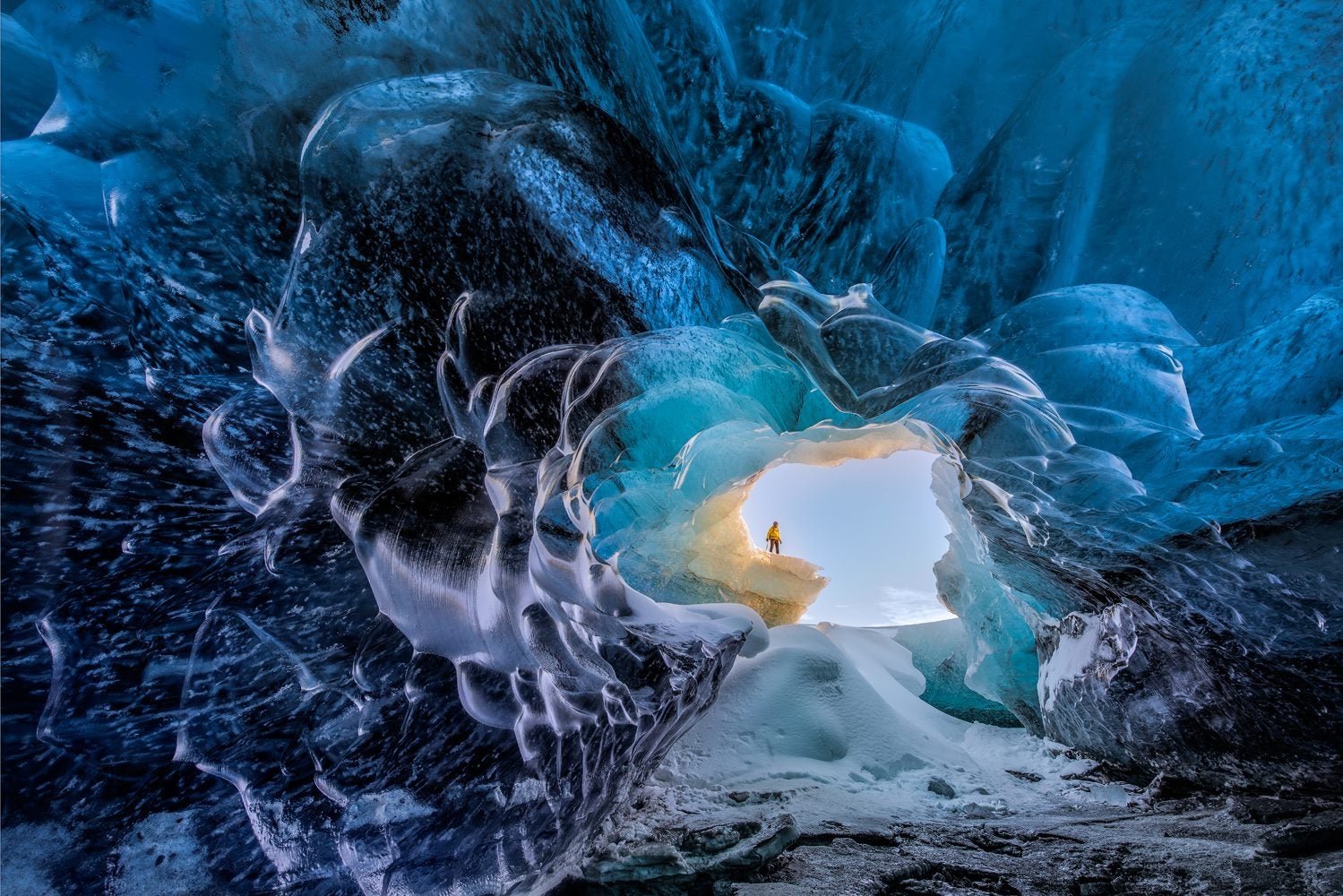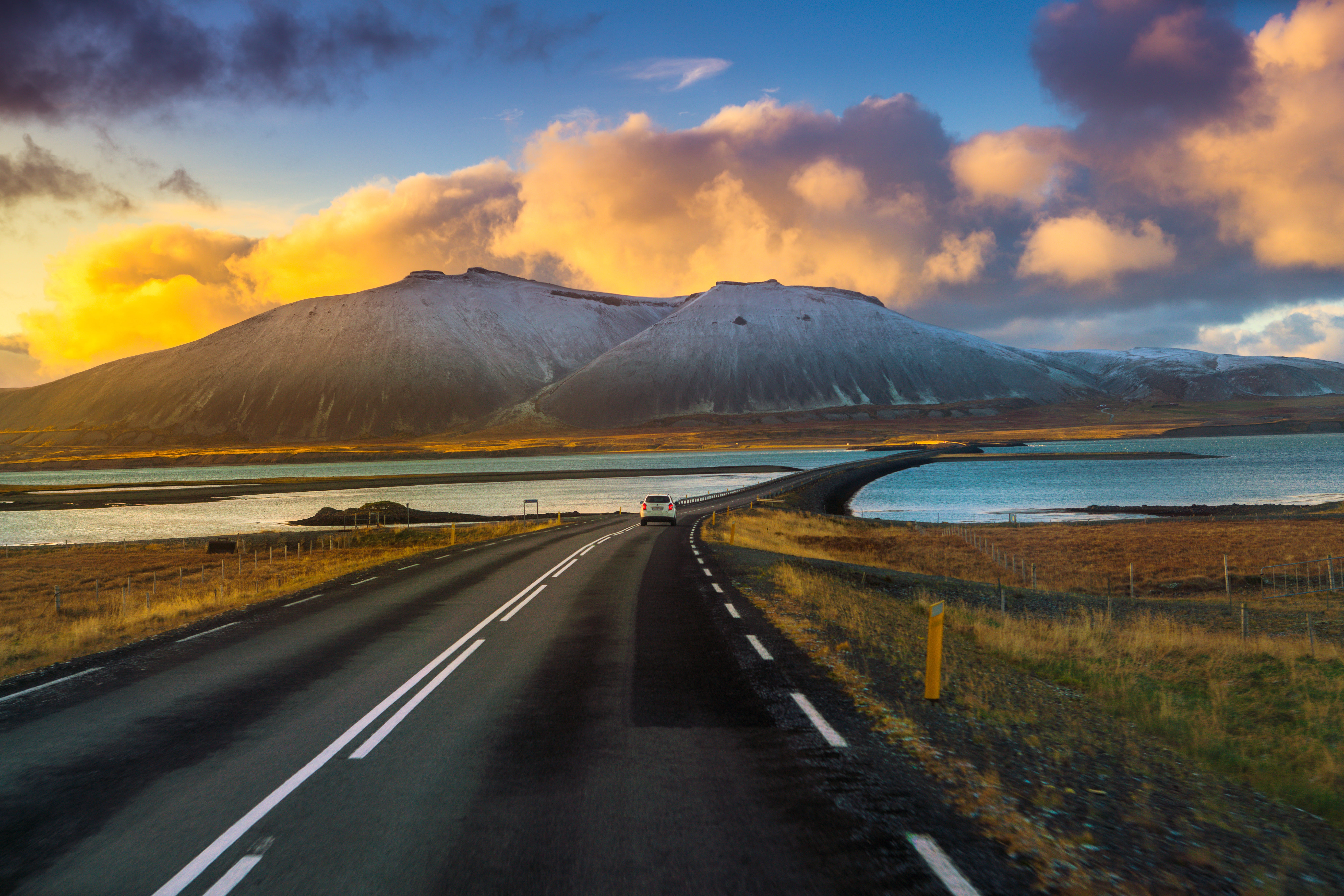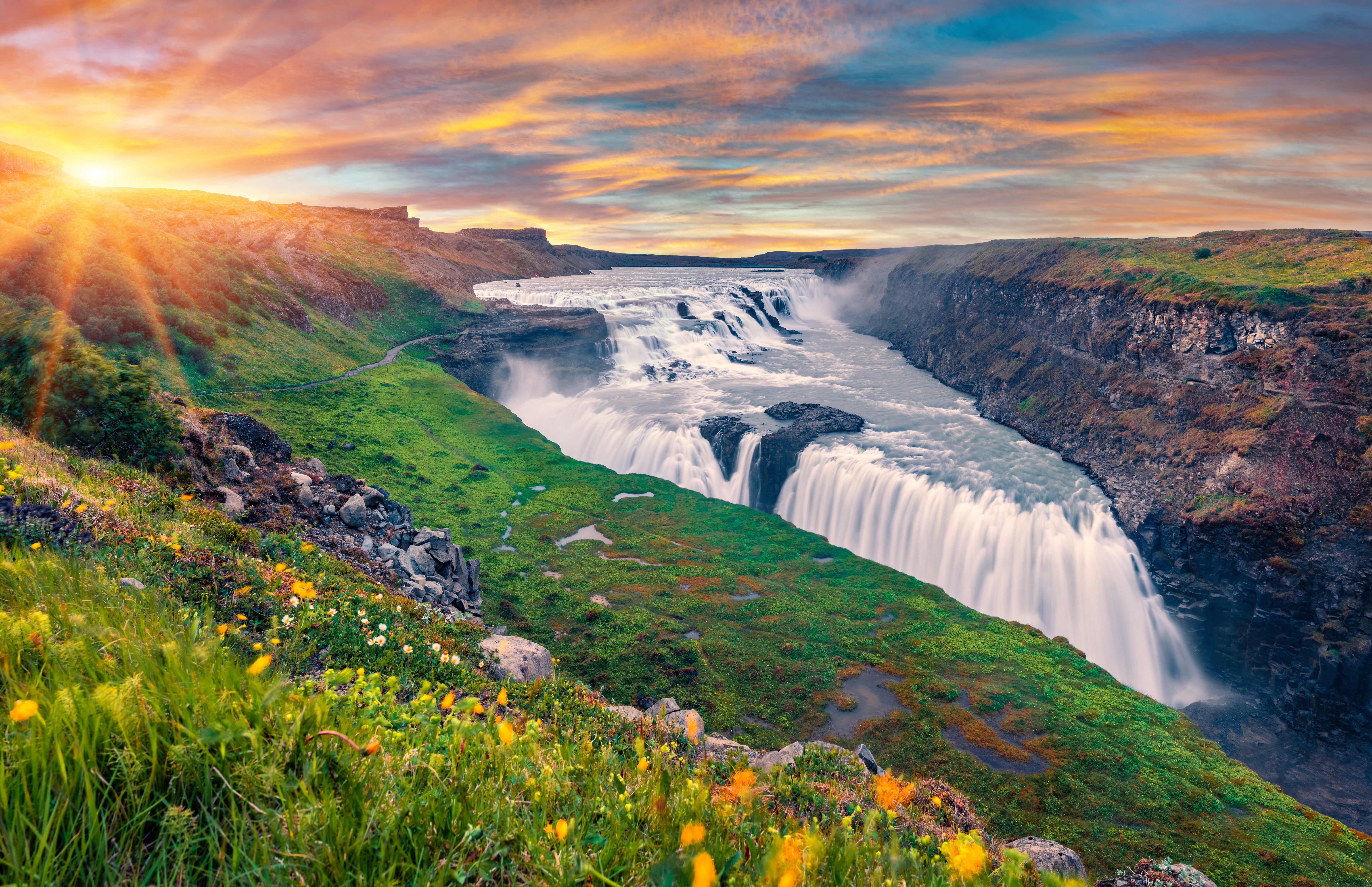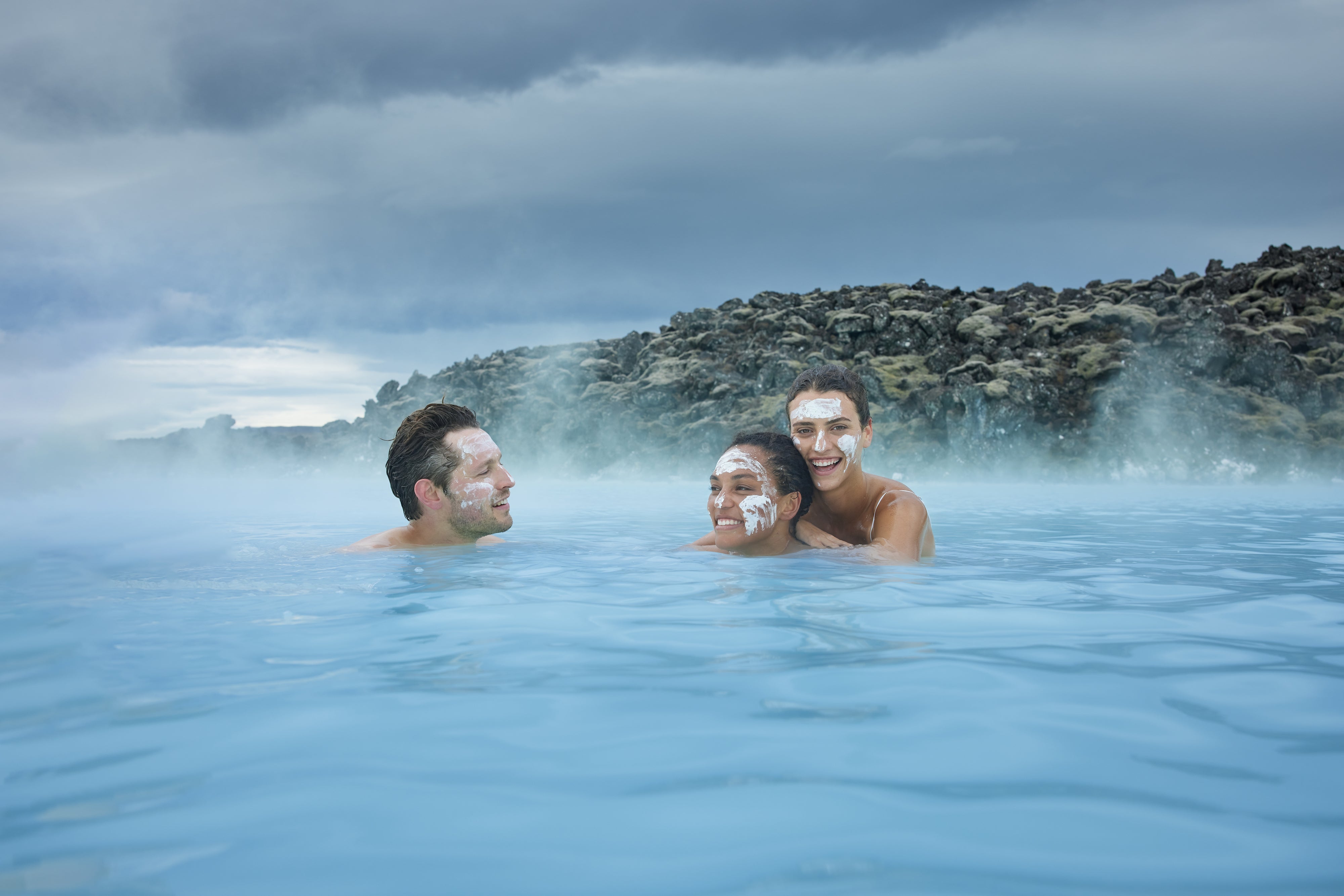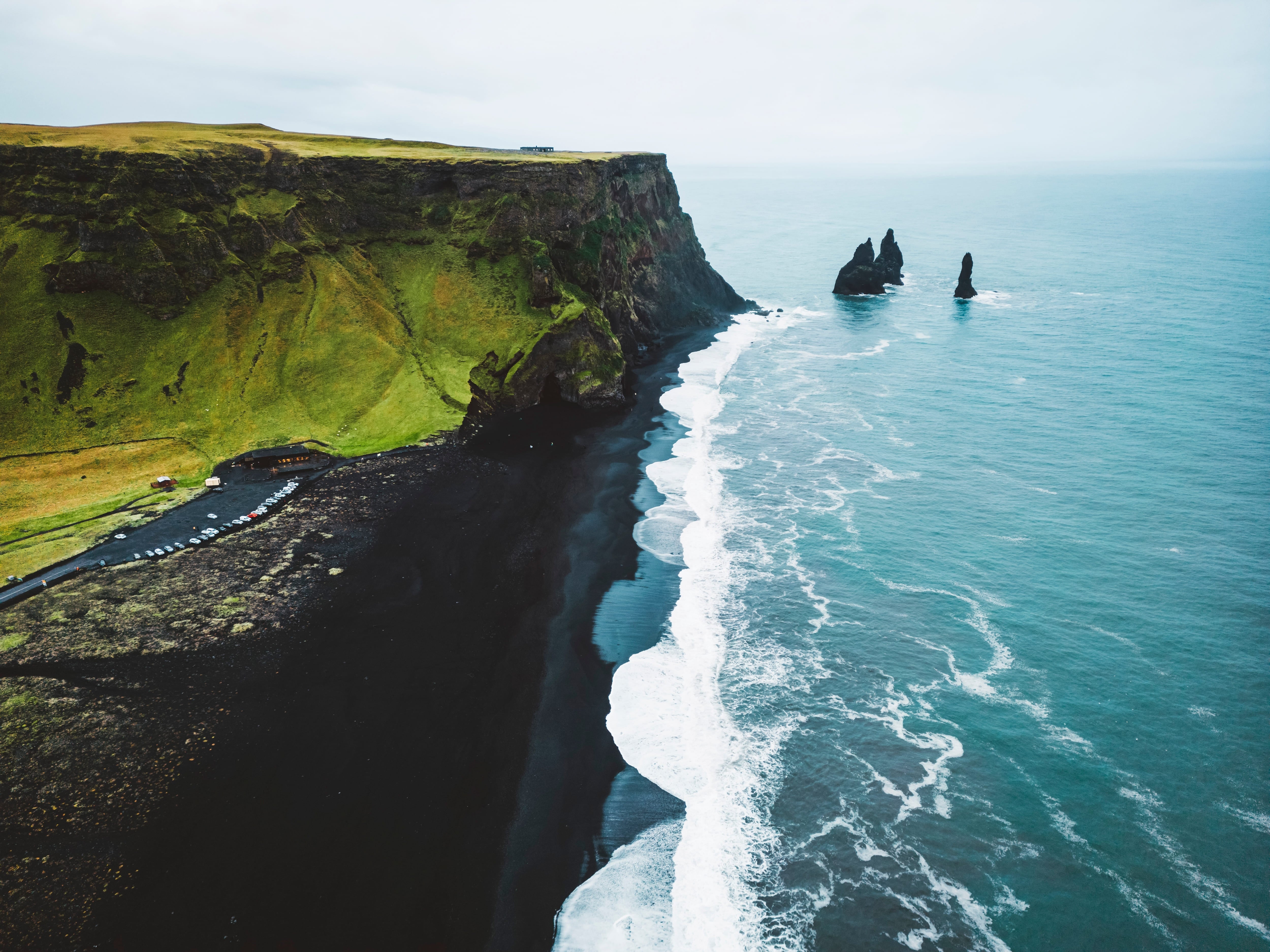Renting a car and planning your own adventure is one of the best ways to experience Iceland. Choosing the right vehicle for your trip depends on the season, the areas you plan to visit, and the type of adventure you're after. A 4-wheel drive (4x4) or SUV is ideal for those planning adventurous self-drive tours to explore remote areas or wanting to drive in Iceland in winter.
4x4 cars and SUVs are built to handle rough roads and provide stability, particularly in Iceland’s Highlands, where regular vehicles can't go. These cars offer more space for passengers and luggage, making them perfect for long drives, whether you're touring popular areas like the Golden Circle, completing the whole Ring Road, or venturing into remote regions.
Keep in mind that driving a 4x4 can be different from a smaller car, as they’re heavier and have a higher center of gravity. Drive carefully, especially on tight turns and bumpy roads, and adjust your speed for the conditions.
Types of 4x4s or SUV to Rent in Iceland
Iceland has many 4x4 rental options, and you can choose based on your needs:
- Compact SUVs like the Suzuki Jimny or Dacia Duster are good for solo travelers or couples. These cars are affordable and fuel-efficient and work well on gravel roads, but they may not have enough space for larger groups or lots of luggage.
- Mid-sized SUVs like the Toyota RAV4 are great for small families or groups. They offer comfort, space, and good off-road ability for the Ring Road and the easier F-roads (mountain roads with no river crossings). These are good options for driving in Iceland in winter.
- Larger SUVs or Rental Jeeps, like the Toyota Land Cruiser, are best for more challenging trips. These vehicles are good for tough conditions, such as on Highland roads with river crossings or when driving around Iceland in winter.
Pick the right vehicle based on how many people you are traveling with, your itinerary, and the type of roads you will be driving on.
Where to Rent a 4x4 or SUV in Iceland
Renting a 4x4 or SUV in Iceland is straightforward, with options available across the country to suit various travel plans. The most convenient pick-up location for many travelers is Keflavik International Airport, as you can start your adventure as soon as you land in Iceland.
You can also book an airport transfer and pick up a rental car in Reykjavik. It's a good option for those spending time in Iceland's capital before heading out for a road trip, so you don't have to navigate the city streets in a larger car.
Rental cars are also available in larger towns around Iceland, like Akureyri in North Iceland and Egilsstadir in the Eastfjords. Some rental companies also offer the option to pick up your vehicle in one location and drop it off in another for a price, allowing for a more flexible itinerary.
Driving in Iceland: What to Know
To rent a car in Iceland, the minimum age is usually between 18 and 21 years old, though it can be higher for larger cars. You'll need to have at least one year of driving experience and must have a valid driver's license written in the Latin alphabet. Otherwise, you need an international driving permit.
Driving in Iceland requires preparation and awareness due to the country’s unique road and weather conditions. Travelers should check road conditions and the Icelandic weather forecast regularly on road trips, especially before heading onto F-roads. Also, keep an eye on the Safe Travel website for information on any unsafe conditions.
Basic driving rules in Iceland include driving on the right side of the road, keeping headlights on at all times, and ensuring all passengers wear seat belts. Roundabouts in Iceland are different, too, as cars in the inner lane have the right of way, and cars in the outer lane must stop to let them exit. You can't change lanes inside a roundabout.
Speed limits in Iceland are lower than in many countries. The highest speed limit is 90 km/h on the Ring Road and 80 km/h on main roads within Reykjavik. Otherwise, it's 50 km/h and lower in towns and 60 km/h on gravel roads.
There are more things to consider before heading out for a road trip in Iceland, so we recommend reading our guide to driving in Iceland to prepare for your adventure.
Rental Car Insurance in Iceland
When renting a car in Iceland, a basic Collision Damage Waiver (CDW) is usually included as it's mandatory in Iceland, but you can add extra coverage like Super CDW (SCDW), Gravel Protection (GP), and Sand and Ash Damage (SAAP/SADW) for more security.
Gravel Protection is particularly recommended if you're driving around Iceland, where rough, gravel roads can cause damage. Keep in mind that insurance plans involve self-risk, meaning you're responsible for damages up to a certain amount, which will be outlined in your rental agreement.
CDW/SCDW doesn’t cover tire or undercarriage damage, which can occur on rough roads. Towing fees aren't included, so you’ll be responsible for any towing costs. Also, wind damage to doors usually isn’t covered, so be sure to hold on to your car door when getting in or out in windy conditions!
During winter in Iceland, cars are equipped with winter tires by law, and you can request studded tires, subject to availability. Lastly, wildlife damage is generally not covered by insurance. During summer, sheep often wander near the roads in Iceland, so make sure to drive cautiously, especially in rural areas.
Ensure that you understand the insurance details and verify coverage options to avoid unexpected costs during your adventure in Iceland.
Roads in Iceland
Iceland has different types of roads, including paved highways, gravel roads, and mountain roads. The Ring Road (Route 1) goes around the island and connects many main attractions. It is a good road to drive on year-round, but winter weather can sometimes cause temporary closures, so always check the weather before driving. It has the highest speed limit in Iceland, 90 km/h or 60 mph.
Gravel roads are also common in Iceland, often leading to smaller towns and remote beautiful places. They can be bumpy, so drive slowly and carefully. The maximum speed limit is usually 60 km/h, but you may need to drive slower as they can be tricky to navigate. At high speeds, the gravel can act like an icy surface.
F-roads are rough mountain roads that take you into Iceland's remote Highlands. These roads are only open in the summer (from June to September) and can only be driven by 4x4 vehicles. F-roads are hard to drive, with steep slopes, loose gravel, and occasional river crossings that are only accessible to large vehicles. You can learn more about them with our guide to Icelandic mountain roads.
Be aware that off-roading is strictly forbidden in Iceland due to the country’s delicate ecosystem. Driving off marked roads can cause irreversible damage to vegetation and landscapes and is punishable with heavy fines. Always stick to designated roads and trails and respect Iceland’s nature by following local regulations, even in remote regions like the Highlands.

